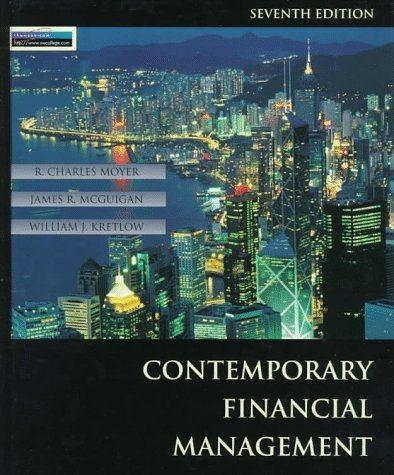

Question 1: The Golden Rule of Capital Accumulation (12 points) Suppose you are a policy analyst at the World Bank tasked with advising policymakers in a developing country about how to achieve higher consumption levels in their economy. You use your knowledge of economic growth theory to calculate the savings rate that maximizes steady-state per capita consumption in the Solow growth model. Consider the standard Solow growth model. The production function is given, in each year t, by: F(Kt,L)=Yt=AKt1L Where the number of workers in the labor force is constant at L, and TFP (productivity) is also constant at A. , the share of labor in production, is greater than 0 and less than 1. Capital accumulation is described by: Kt+1=Kt+ItdKt Where Kt+1 is the stock of aggregate capital in year t+1,Kt is the stock of aggregate capital in year t,d is the rate of capital depreciation, and It is the flow of new investments in the economy in year t. The economy is closed and there is no public spending. The resource constraint of the economy is Ct+It=Yt Where Ct is aggregate consumption in year t. Finally, the economy saves a constant share of output in every year, so that the savings rate is s. Given the constant savings rate and the economy's resource constraint, in every year total investment is equal to total saving, according to the equation: It=sYt Answer the following questions: A. Derive the steady state level of capital per capita, k. We now want to derive the level of capital per capita k and savings rate s that maximize consumption per capita in steady state, c. B. Derive an expression for the steady-state level of consumption per capita c in the Solow model as a function of the parameters of the model. C. Find the savings rate and the steady-state level of capital per capita (call this kgold ) that maximize the steady-state level of consumption per capita. (Hint: take your expression in the previous part and maximize consumption per capita with respect to the savings rate). Is the "golden level" of capital per capita different from the one derived in part A ? If so, why? Before presenting your theoretical results to the policymakers, you evaluate them quantitatively using common parameter values from the Solow model. D. Consider the following parameter values: A=L=1,=0.65,s=0.4,d=0.1. Compute the steady state level of capital per capita and the golden level of capital per capita. Which one is higher? Which one gives the highest consumption level? Suppose the government wants to increase consumption in steady state and trusts your analysis. Should they increase or decrease the savings rate? Explain. E. Suppose that the government changes the savings rate in accordance with your analysis in part D. Compute and plot the path of both capital and consumption towards the new steady state for the first 5 periods after the change in s. Is consumption increasing or decreasing today? Does government face an intertemporal trade-off after implementing this policy








